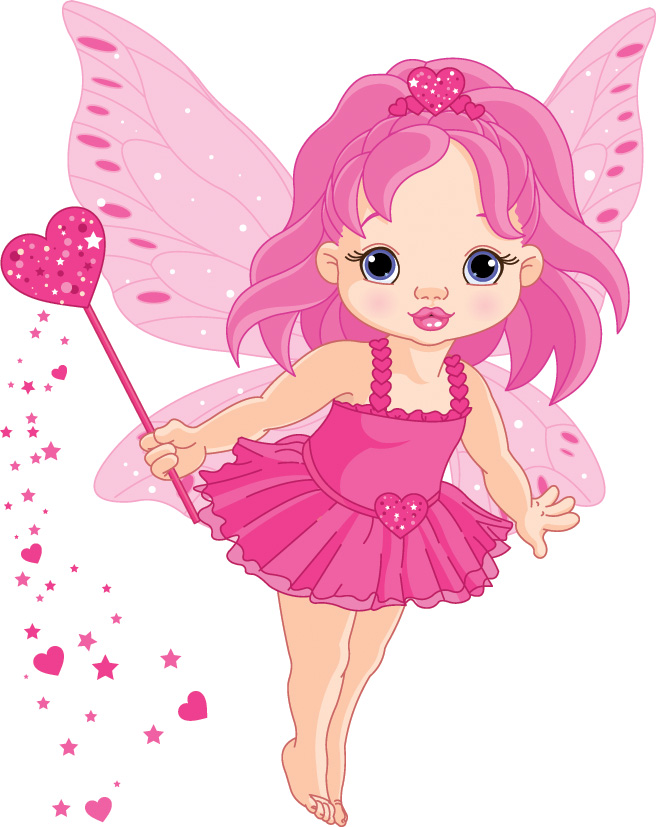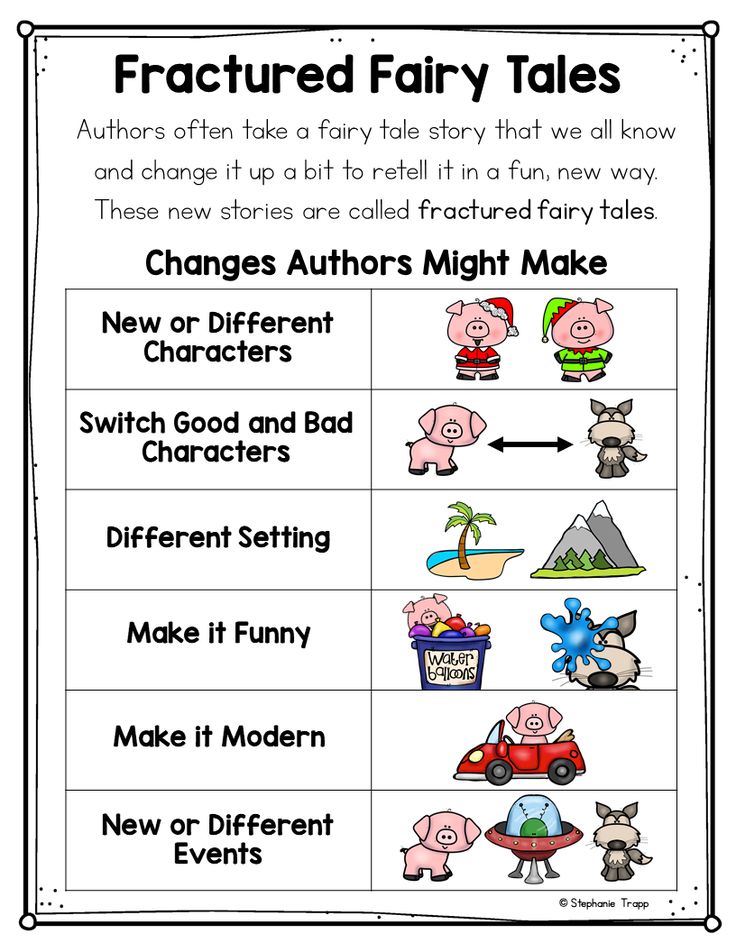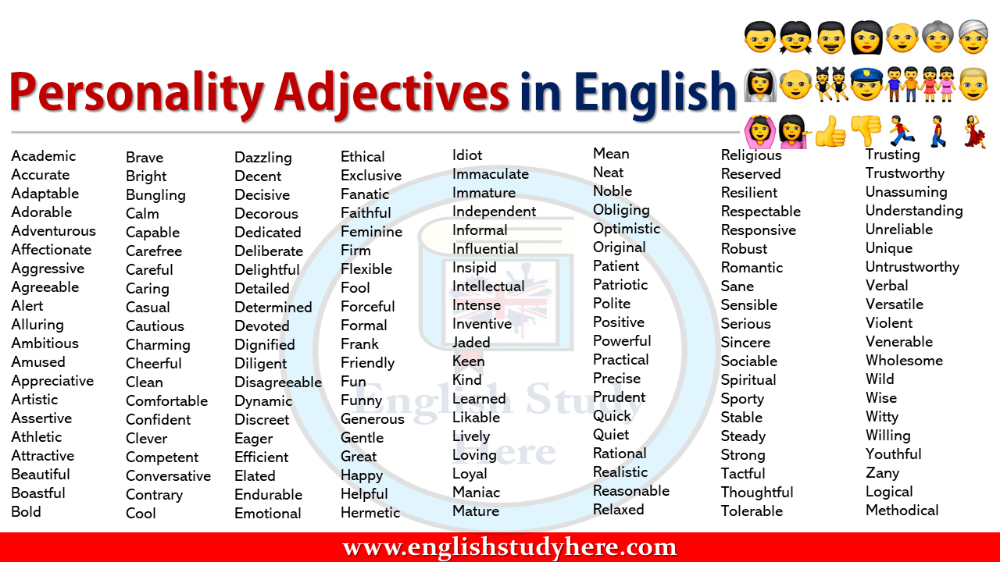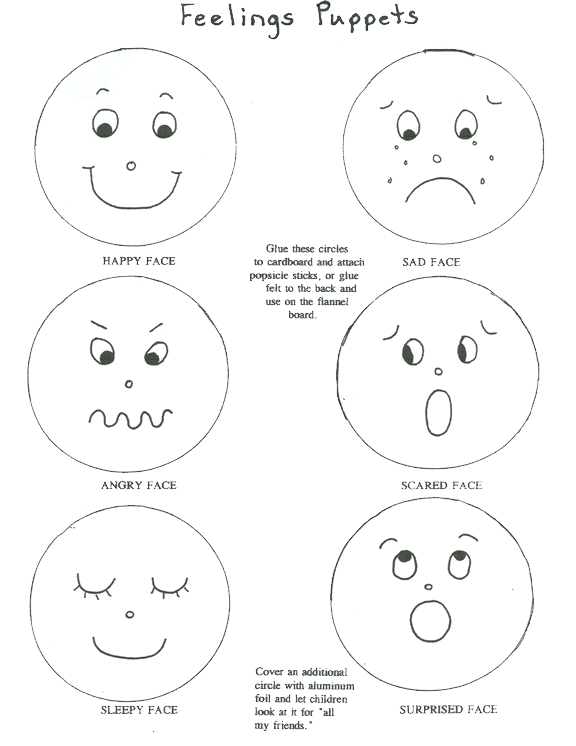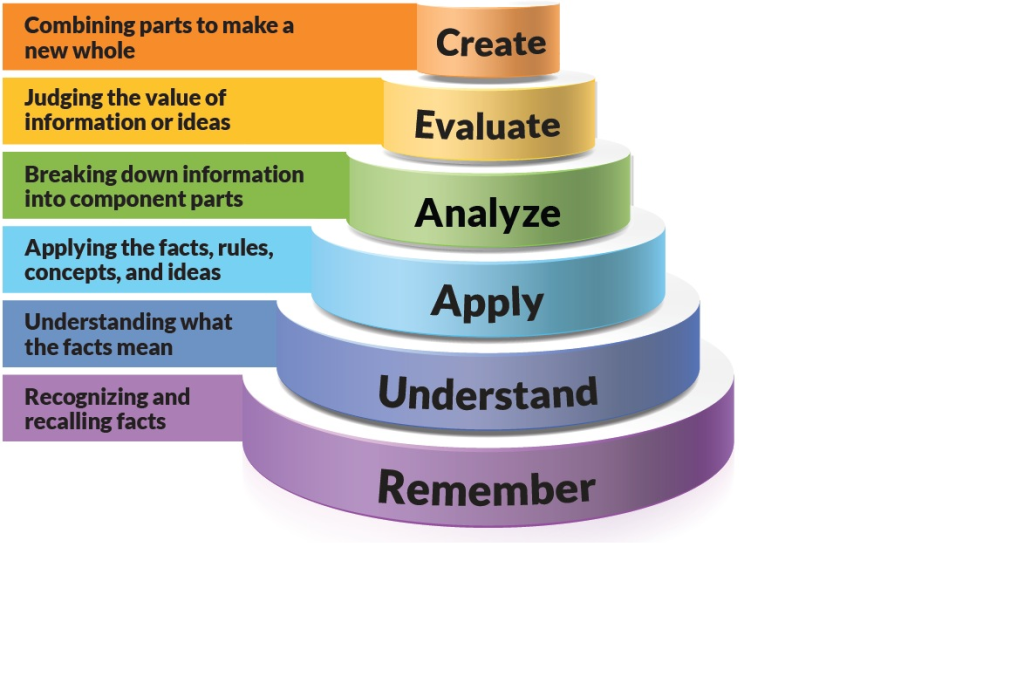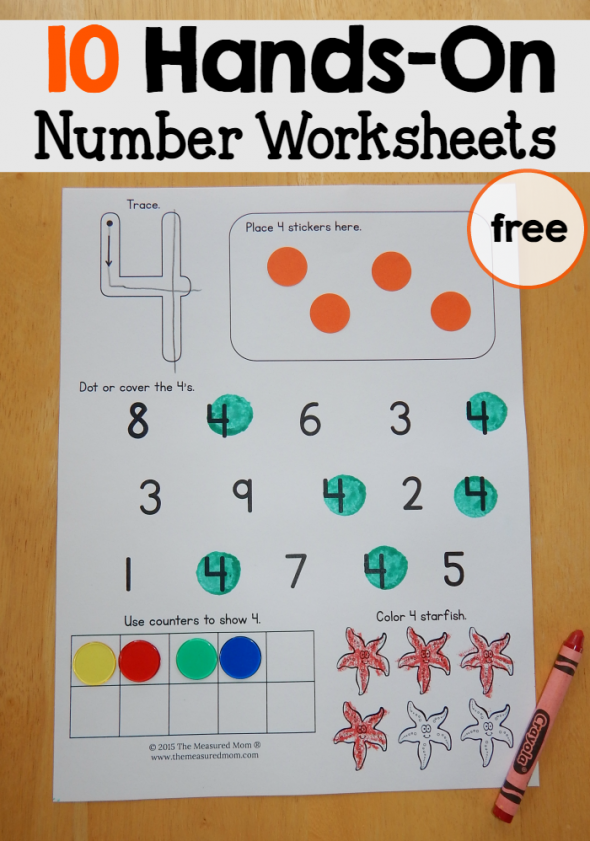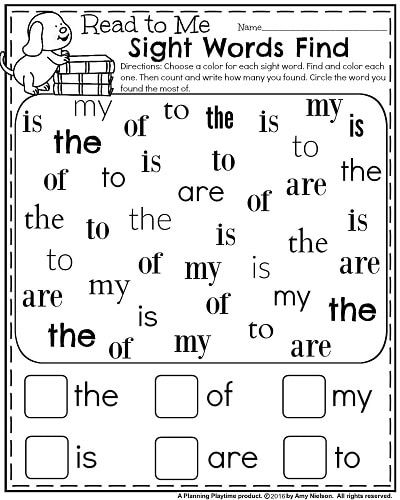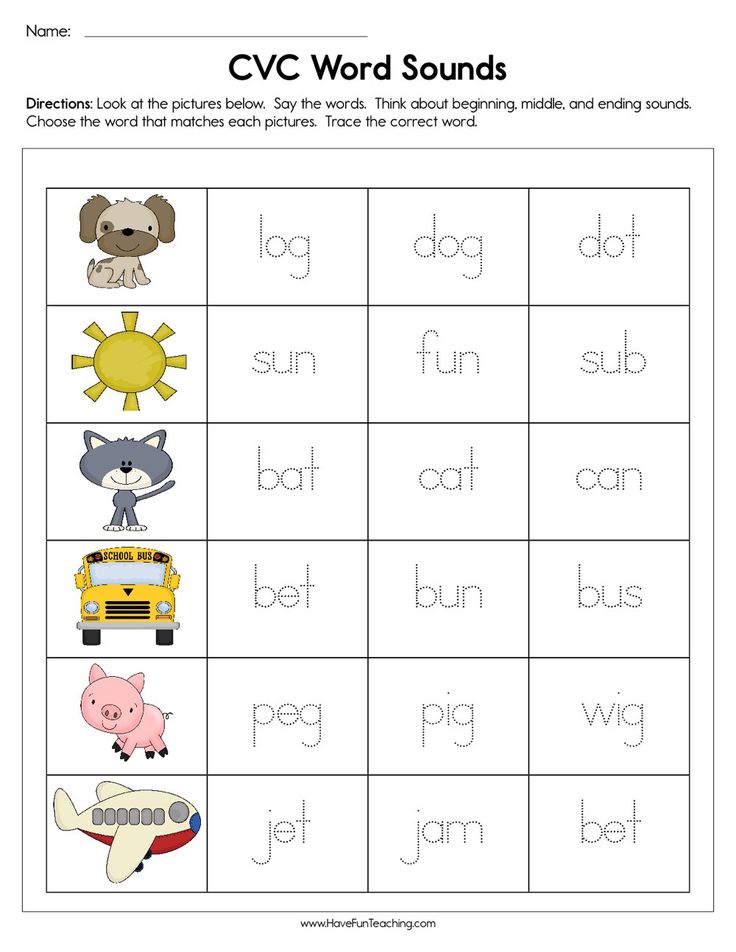Helping children with reading
Tips to Help Children Learn to Read
Written by Dayva Segal
In this Article
- Read Out Loud to Your Children
- Other Tips to Help Your Children Learn to Read
- What to Do if Your Child Is Having Trouble With Reading
Reading is an important skill that children will use daily for the rest of their lives. While many children learn to read at school, parents can enhance the experience by offering support at home. This support can begin as soon as your child is born.
Read Out Loud to Your Children
Experts agree that reading out loud to your children is the best way to help them learn to read. Start when your child is a newborn baby and continue throughout childhood. As a baby, your child is primed to learn the skills that will help them learn to read as they get older.
To make reading out loud as effective as possible, make sure to:
- Read age-appropriate books. Babies, for example, enjoy board books that they can touch and play with.
Older children may enjoy "big books" that help them to see differences in words and letters.
- Use silly voices and voice effects. This helps your children to engage with the story and feel excited about reading time.
- Point to words as you read so your child can follow along. Doing this helps solidify the idea that words are where the story comes from.
- Talk about the pictures. Ask your child to name what they see in the pictures and talk about what the images show as it relates to the story.
- Relate the story to life. Show your child how things in the book relate to things that happen in real life.
- Answer questions. If your child asks a question, stop and answer it. That will keep them engaged and interested.
- Read more difficult books. Once your child learns to read, keep reading out loud to them. You can read books that are above their reading level to encourage further improvement in their reading level.
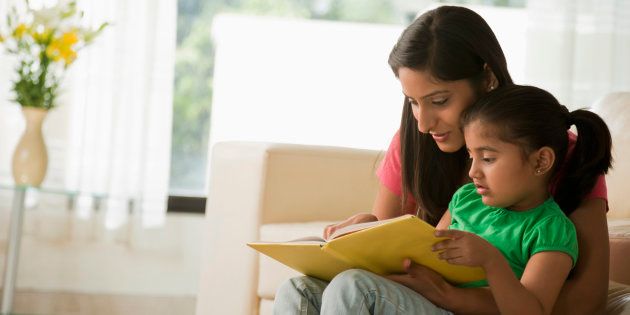
Other Tips to Help Your Children Learn to Read
Besides reading out loud to your children, there are other things you can do to encourage literacy.
- Listen to your child read out loud. Once they learn to read, encourage them to read to you. This helps them build confidence in reading. The goal with reading aloud is for your child to understand the story. So if they need help pronouncing a word, tell them how it's said instead of making them sound it out — that way, they don't lose their place or the meaning of the sentence. If your child accidentally uses a word that doesn't make sense, have them go back and reread the sentence.
- Praise your child's reading. As your child learns reading, offering praise helps them gain confidence.
- Make reading time part of your daily routine. Daily reading time creates a routine that lets your child know reading is part of everyday life. Many families choose bedtime as their preferred reading time.

- Leave books in your kid's bedroom. That way, they can look at them and enjoy them whenever they want.
- Let your child complete sentences. If your child learns the words in their favorite books, let them finish the sentences or "read" the whole book out loud.
- Read books your child likes. This helps them to engage with reading time and enjoy it more.
- Remember, anyone can teach reading. Some parents think that only teachers can teach reading to children. But parents can, too. Reading is an essential life skill.
- Be patient. If your child shows no interest in a book, don't force it. If your child tries to write a word and gets a letter wrong, they still deserve praise. Patience and praise are more helpful for a child's learning to read than getting frustrated or yelling.
- Talk to your children. Exposing your child to new words and language can help their literacy skills.
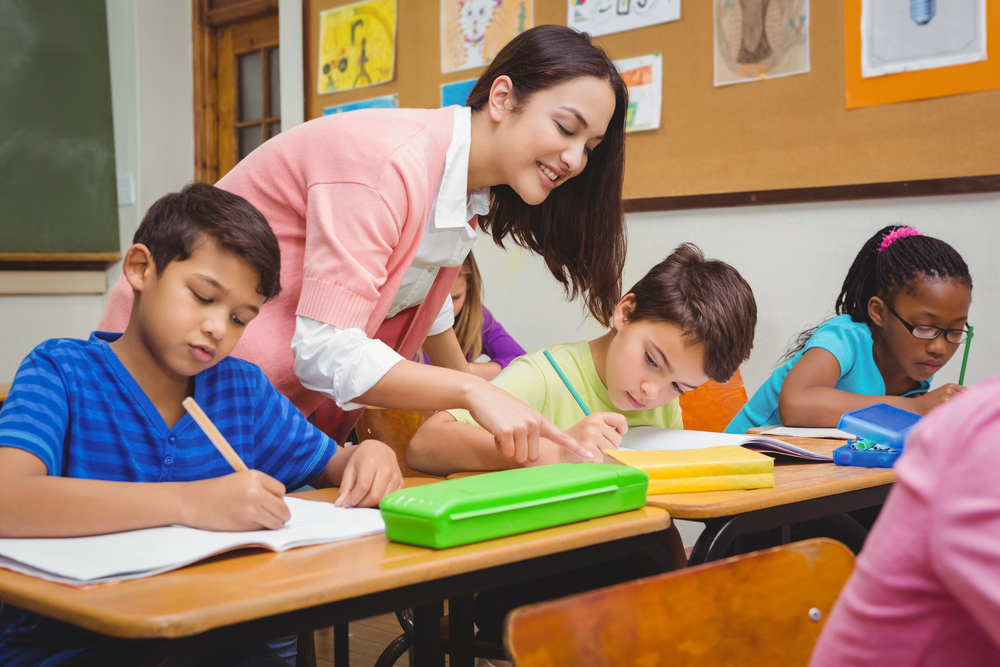 Talking to your baby a lot, for example, can help them become better readers later on.
Talking to your baby a lot, for example, can help them become better readers later on. - Encourage writing. Writing is part of literacy. Provide writing tools like crayons, pencils, and markers. Encourage your child to write, even if it's just scribbling. One idea is to write your child a letter and ask them to write one back.
- Have your child tell you a story and write it down. Ask your child to tell you a simple story. Write it down and then read it back to them while pointing at the words.
- Teach your child phonics. There are countless products available that help children learn the sounds that are associated with letters. This helps them to sound out words as they are learning to read. You can also just use paper and a pencil to help them learn this skill. Research shows that when children don't know phonics, they struggle more with reading.
- Avoid "leveled" reading programs.
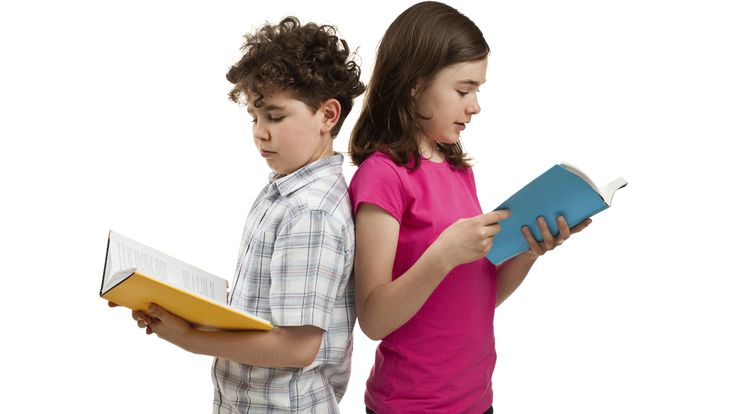 Some people believe that children who get frustrated by reading difficult material will get turned off by reading. But experts say that children learn more when they're exposed to more challenging reading material. Easy-level books often train children to rely on word memorization because they often use the same words over and over. They also train children to rely more on pictures. That can lead to slower reading development. It's best if children are exposed to a variety of challenges in their reading materials.
Some people believe that children who get frustrated by reading difficult material will get turned off by reading. But experts say that children learn more when they're exposed to more challenging reading material. Easy-level books often train children to rely on word memorization because they often use the same words over and over. They also train children to rely more on pictures. That can lead to slower reading development. It's best if children are exposed to a variety of challenges in their reading materials. - Talk to teachers. Ask your child's teachers about their reading program and how they teach literacy. Look for them to include phonics, reading out loud in class, vocabulary, and writing practice.
What to Do if Your Child Is Having Trouble With Reading
If your child's reading is not progressing, you should work with their school to get testing done. That way, you can find out if your child has a learning difficulty or difference, or if it's simply that the reading program in their class doesn't work for them.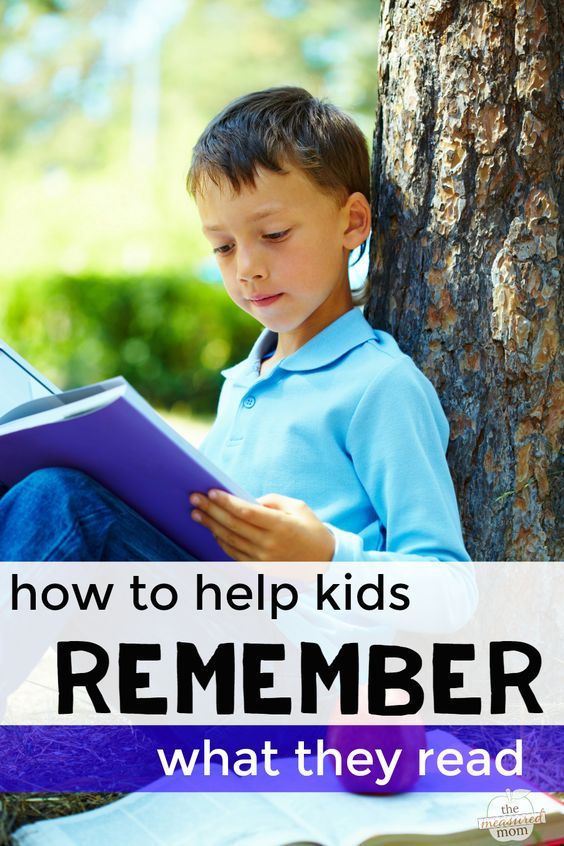 If your child does get diagnosed with a learning difference, like dyslexia, they're entitled to receive extra services from their school for free.
If your child does get diagnosed with a learning difference, like dyslexia, they're entitled to receive extra services from their school for free.
You can also hire a tutor to help your child improve their reading. Free tutoring may be available for students from low-income families.
At home, provide ongoing emotional support to keep your child from getting discouraged.
Finding Help | Reading Rockets
Children with reading difficulties benefit from the same thing all children benefit from — excellent reading instruction tailored to their needs. But sometimes kids who struggle need more.
Several people may be able to provide your child with extra help:
- Classroom teachers
Your child's teacher may be able to provide more intensive instruction
- School specialists
Specialists at your school — such as the reading specialist, speech/language pathologist, or special education teacher — may be able to provide extra assistance
- Tutors
The school, another organization, or private tutors may be able to provide your child practice with reading or more intensive help
- Professionals in private practice
Educational psychologists and other professionals in private practice may be able to provide an assessment, diagnosis, and/or a plan for helping your child
- Reading clinics
University and private reading clinics may be able to provide an assessment, diagnosis, and/or a plan for helping your child
Help from private tutors and others outside of the school may be very effective but also quite expensive.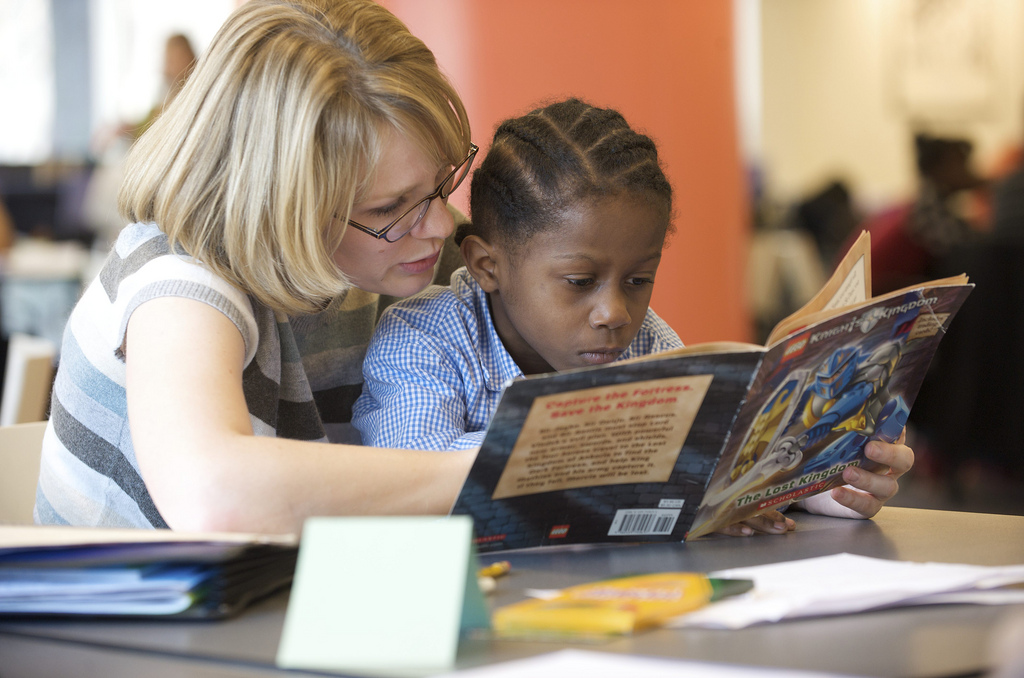 Some public school services, which are free, are only provided if a child is diagnosed with a learning disability, the most common of which is difficulty with language and reading.
Some public school services, which are free, are only provided if a child is diagnosed with a learning disability, the most common of which is difficulty with language and reading.
If you suspect your child may have a learning disability (or ADHD), the best place to begin seeking help is your child's school. Public schools have professionals trained to make a diagnosis. They do not charge a fee for these services.
If you disagree with the school's diagnosis, you have the right to ask for further testing or to seek a diagnosis from a professional in private practice. Similarly, if the school does not think it necessary to assess your child, you may want to seek a diagnosis from a professional in private practice.
Remember, in order to qualify for special education services or accommodations, your child must have a diagnosis that clearly shows he or she has a learning disability that meets the criteria defined by law. In general, federal law says that a person is eligible for accommodations when a documented disability significantly interferes with a major life activity such as learning.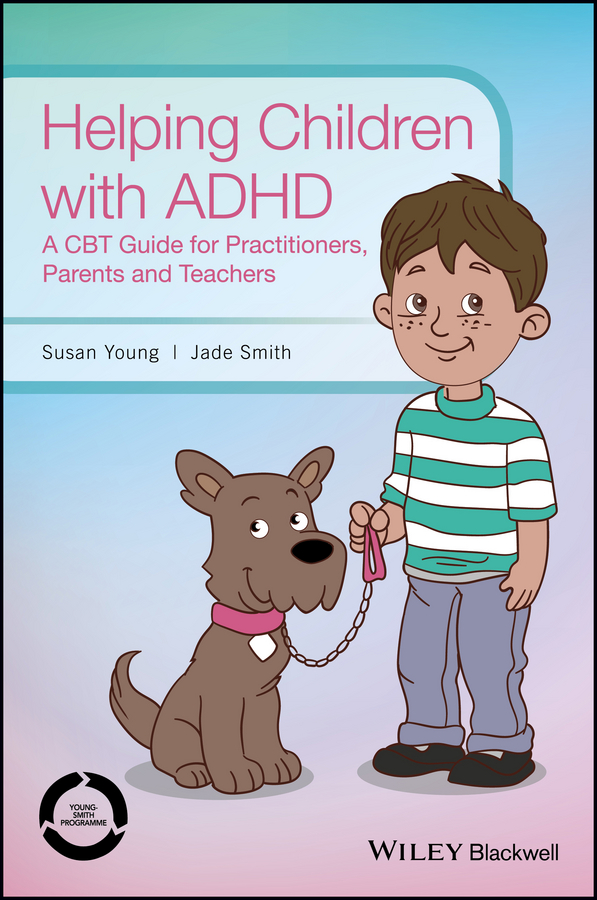 Most states use criteria related to the discrepancy between a child's ability and achievement. Federal laws also set clear guidelines on what special education accommodations must be provided.
Most states use criteria related to the discrepancy between a child's ability and achievement. Federal laws also set clear guidelines on what special education accommodations must be provided.
The bottom line is that it's important to know upfront what services are available from the school and how a child's eligibility for those services is determined.
Tutoring
Sometimes kids just need an extra dose of reading help. Many schools provide tutoring support that includes one-on-one reading instruction. To make sure that your school has a high quality tutoring program, ask these questions:
- How are the tutors trained?
It's important that the tutors understand the goals and purposes of the lesson.
- What is the structure of the tutoring session?
Good tutoring programs use a lesson plan that is based in the best reading research.
- How frequently will my child receive tutoring?
Students should be tutored at least twice a week, for 45 to 60 minutes each time.
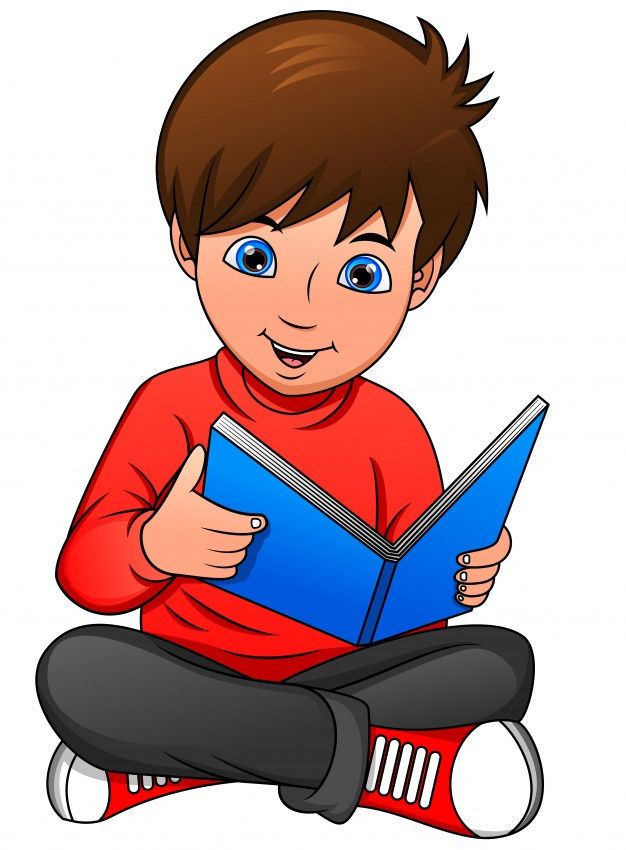 Some students will need more.
Some students will need more. - Are the students assessed regularly to determine progress?
A reading specialist should supervise the assessment program.
- What types of materials are used during the tutoring sessions?
Students should be carefully guided through books that are written at their reading level.
- Does the content of the tutoring session support my child's classroom instruction?
It should.
- Does the content address my child's specific needs?
If your child sounds out words well but struggles with vocabulary, the tutor should spend more time on word meanings than phonics.
Special education
Even with good classroom teaching and extra help, its possible that your child may continue to struggle with reading. Special education may be the answer — and it's required by law for students who are identified as having a learning disability.
The special education process includes these steps:
- Referral
You or your child's teacher suspects a problem and requests an evaluation by the school.

- Evaluation
With input from you and your child's teacher, a team of school professionals completes a full evaluation of your child. This same team — which may include a school psychologist, a speech-language pathologist, and a reading specialist — reviews the results to determine whether your child is eligible to receive special education services.
- Eligibility
If your child is eligible, you and the school team develop your child's Individualized Education Plan (IEP), as required by law. Annually, or more often, you and the school review the IEP and its impact on your child's progress.
If your child is ineligible, continue to push the school for help. If your child is not eligible but still struggles with reading, the school must figure out what will work for your child. You can also turn to private testing.
Top Articles
Especially for Parents
Research Briefs
Featured Video: Finding Help
See also
10 fun ways to get kids excited about reading
Despite the fact that today almost everyone carries a large part of the world library in their pocket, the overall level of literacy, erudition and horizons of children is not increasing. And here we are again faced with the eternal question: "What to do?". And this is not a rhetorical question at all. It is necessary to show children that reading can be fun and positive emotions. Alikhan Dinaev, based on the research of the philologist and teacher Evgenia Abelyuk, and based on personal experience, talks about ten effective techniques.
1. Read aloud to the children
And start as early as possible. Many experts, based on scientific research, advise starting literally from the first day of a child's life. The more you talk to him, the more he hears the words around him, the faster he will speak and become interested in books.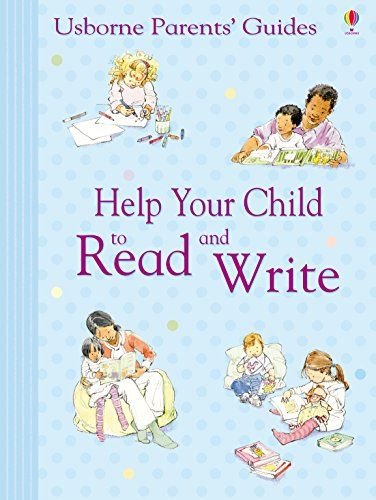
2. Show your acting talents
At the same time, you should not mumble something incoherent under your breath, but read "with feeling, with sense, with arrangement." Read as if you are the only actor in a big play playing all the roles at the same time. Say the words of a child in a sweet and funny childish voice, the words of a grandmother in an old female voice, dilute the speech of some monster with frightening notes.
If the author writes that the hero shouted, shout, if he whispered, do the same! And if he howls, then why not play the role of a wolf for a few seconds by the light of the moon?
Do you think this is funny? That is how it is. But who said that if it looks comical, then it's bad? Believe me, the children will be completely delighted, and their sincere and contagious laughter will spread throughout the house. The author of these lines successfully tried this method on his nephews. It equally captures an 11-year-old fifth grader, and 7-year-old girls, and even a 2.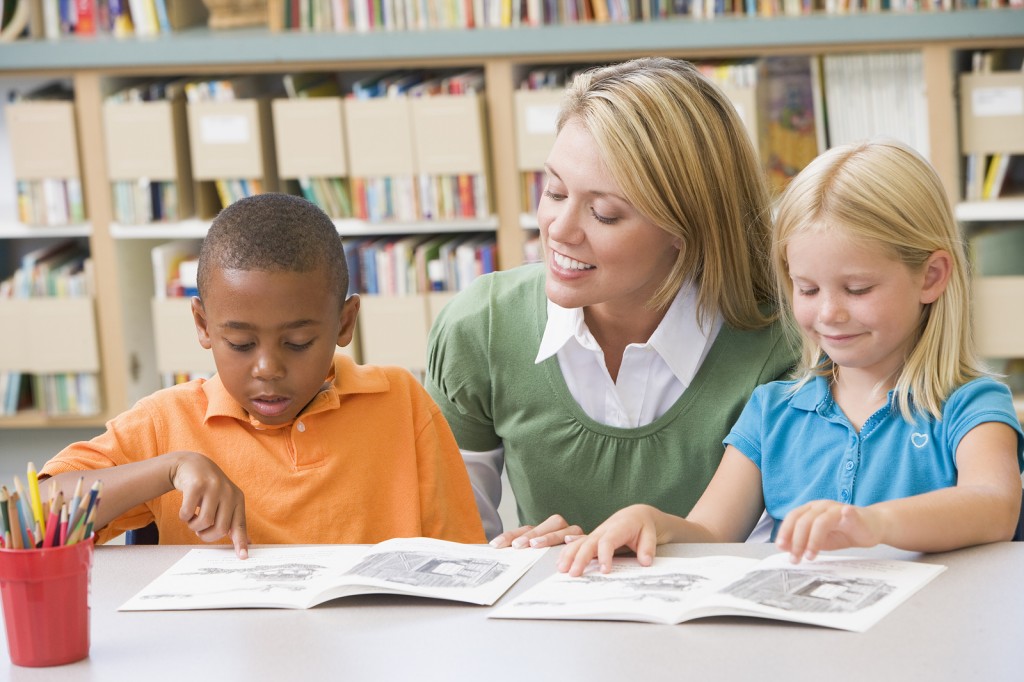 5-year-old boy who, showing miracles of endurance, listened enthusiastically to the story from the book "Charlie and the Chocolate Factory" for almost 15 minutes. And when his grandfather began to loudly ask about what they were all doing here, the child who still could not really speak put his index finger to his mouth and said: “Shh!”
5-year-old boy who, showing miracles of endurance, listened enthusiastically to the story from the book "Charlie and the Chocolate Factory" for almost 15 minutes. And when his grandfather began to loudly ask about what they were all doing here, the child who still could not really speak put his index finger to his mouth and said: “Shh!”
3. Read until the most interesting part - and stop
Use the same trick as screenwriters with directors of good series. Usually an episode or an entire season ends at some unexpected, climactic moment, forcing viewers to wait weeks or months to continue, discussing almost every frame of the last episode. The same can be done in reading books: the child will look forward to continuing. And many simply cannot stand it and will ask to be taught to read as quickly as possible in order to find out how it all ended. If you apply this method to a child who already knows how to read, then for sure he will look for a book the next morning and read it himself.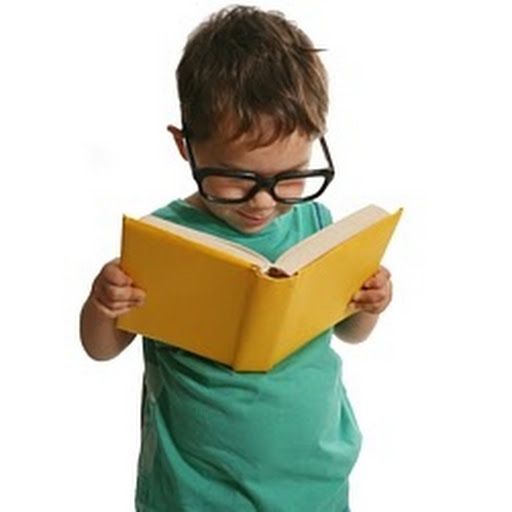
4. Let the child choose books himself
Today, publishers make such beautiful covers for children's books, they are so colorful that they are sure to attract the attention of even the most selective child. Try to teach your child to be surrounded by books everywhere. Go with them to bookstores and let them freely wander through the rows of books, examine all the shelves. Take the kids to the library, show them how beautiful it can be. And if the library turns out to be large, then any preschooler or student will be impressed for a long time by its size, beauty and views from the windows.
5. Lead by example
This is perhaps the key piece of advice. Parents should read for themselves. Otherwise, the likelihood that their children will be carried away by reading is extremely small. Let children from an early age regularly see you with a book in their hands, read and study your home library.
6. Introduce your teen to book apps
There's nothing wrong with reading e-books instead of classic paper books.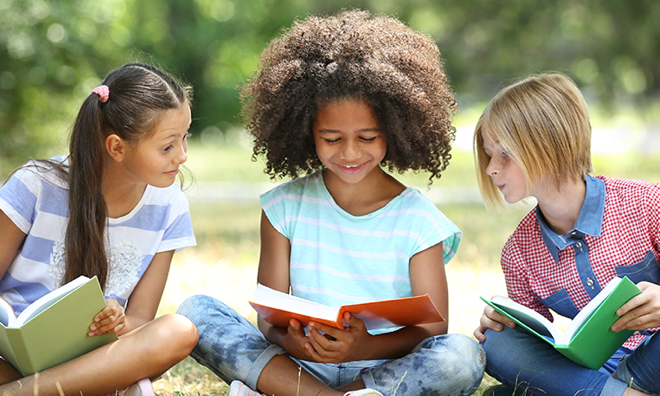 And if the phone has already become a natural and integral extension of the hands of your children, then let them use it to good use. Invite them to download, for example, the Bookmate app. This is not just a reader with a huge library. It is also a real social network for book lovers, where they can find new friends, share experiences and exchange bookshelves.
And if the phone has already become a natural and integral extension of the hands of your children, then let them use it to good use. Invite them to download, for example, the Bookmate app. This is not just a reader with a huge library. It is also a real social network for book lovers, where they can find new friends, share experiences and exchange bookshelves.
7. Draw parallels between the characters and yourself, find common and different things
Compare literary characters with yourself, relatives, friends and, of course, with the child himself. Ask him a question: “How are you like the Little Prince? And what makes you different? And what would you do in his place, if you met the Fox? These and similar questions fuel interest in the content of a novel, short story, or fairy tale.
8. Make an adventure out of a book and look for hidden meanings in it
There are always riddles in a good book. And if a student reads, for example, Jules Verne, then they are there on almost every page of any work.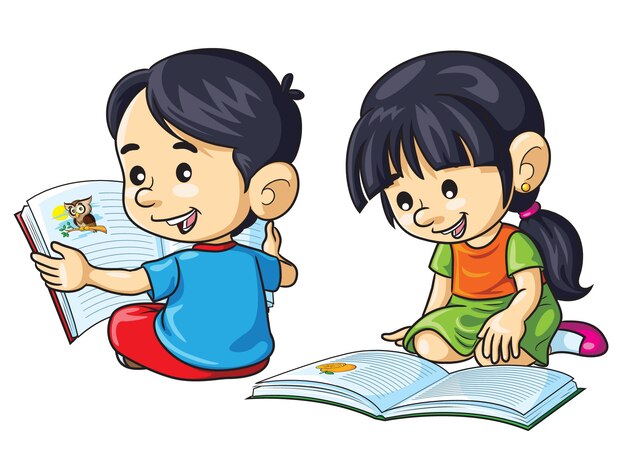 But you can ask yourself other questions as well. How to get Oblomov off the couch? How to help Mumu escape from Gerasim and save her from death?
But you can ask yourself other questions as well. How to get Oblomov off the couch? How to help Mumu escape from Gerasim and save her from death?
9. Illustrations for a book can change attitudes towards it
Sometimes it is important for a young reader to see the main characters and the places where they live. Pictures, drawings, graphics - all this can be of great help. And if your child is not even interested in Harry Potter, then he is unlikely to refuse the same book, recently published with illustrations by British artist Jim Kay. His drawings amazed even JK Rowling. They are so beautiful, bright and exciting that you want to look at and study them all the time. They interest and captivate, giving room for fantasy and imagination. And this is what we need.
10. Choose the right books
Of course, all ages are submissive to many books. But if you want to get your child interested in reading, then "Deniska's stories" by Viktor Dragunsky or "Journey around the world in 80 days" by the same Jules Verne will be among the best examples. But if your 15-year-old son says that he doesn’t want to read novels written by “long-dead, gray-haired and bearded old men from the century before last,” then advise him, for example, the book Outcasts, a classic of American literature recently translated into Russian for the first time. Its author Susan Hinton wrote The Outcasts when she was 18 years old (she started writing at 15), and the main characters of the novel are from 14 to 20 years old. Despite the writer's young age, Hinton's book became a bestseller with a total circulation of more than 20 million copies.
But if your 15-year-old son says that he doesn’t want to read novels written by “long-dead, gray-haired and bearded old men from the century before last,” then advise him, for example, the book Outcasts, a classic of American literature recently translated into Russian for the first time. Its author Susan Hinton wrote The Outcasts when she was 18 years old (she started writing at 15), and the main characters of the novel are from 14 to 20 years old. Despite the writer's young age, Hinton's book became a bestseller with a total circulation of more than 20 million copies.
Reading to children from 0 to 3
Let's talk about how to read with babies from birth to three years: how to instill in children a love of reading, learn to listen to poems and fairy tales, look at illustrations, and how choose the right books for the youngest category of readers.
But first, a few words about why you need to read to children, who for the most part have not yet really learned to speak.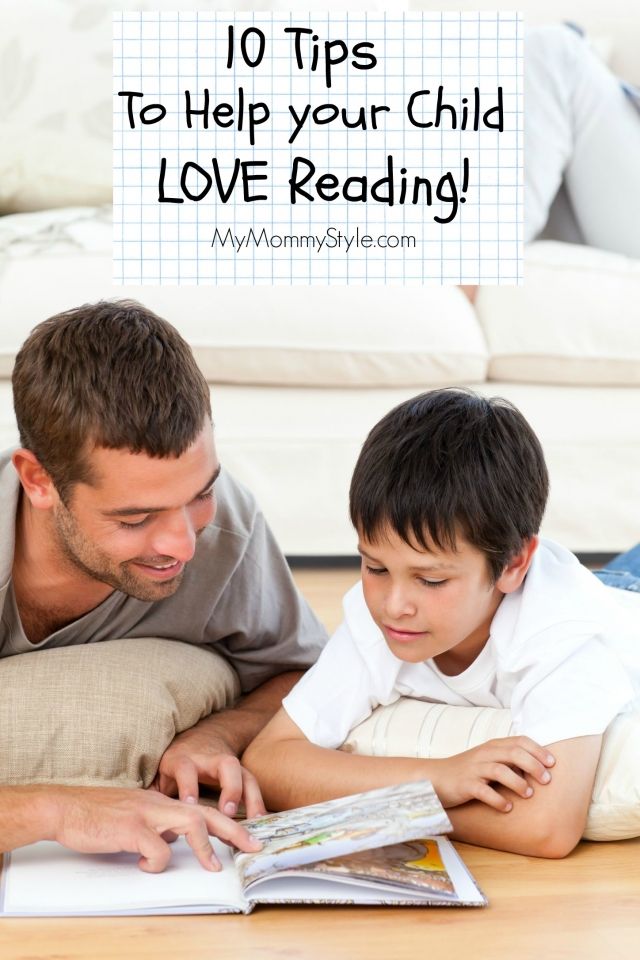 Reading children's books is a whole complex of activities. It consists of viewing illustrations, listening to text, matching text and pictures. Reading with a child is a serious job of developing the ability to listen, look at and notice details, read symbols and guess the meaning. By reading to a young child, we contribute to the development of his intellect, broaden his horizons, answer his questions, enrich his emerging speech. In addition, reading is a pleasant form of leisure, a way to distract an upset or naughty baby, one of the elements of the ritual of preparing for sleep, and it is also a whole world of fairy tales, without which it is difficult to imagine a happy childhood.
Reading children's books is a whole complex of activities. It consists of viewing illustrations, listening to text, matching text and pictures. Reading with a child is a serious job of developing the ability to listen, look at and notice details, read symbols and guess the meaning. By reading to a young child, we contribute to the development of his intellect, broaden his horizons, answer his questions, enrich his emerging speech. In addition, reading is a pleasant form of leisure, a way to distract an upset or naughty baby, one of the elements of the ritual of preparing for sleep, and it is also a whole world of fairy tales, without which it is difficult to imagine a happy childhood.
From birth to 6 months
Actually, the process of reading with children begins long before reading itself. In order for the baby to show interest in books, it is important that he masters two skills - the ability to listen and the ability to look at pictures.
It is known that the child's hearing develops in the womb and even before birth, the baby is able to hear and perceive the voices of parents, music, sounds of nature.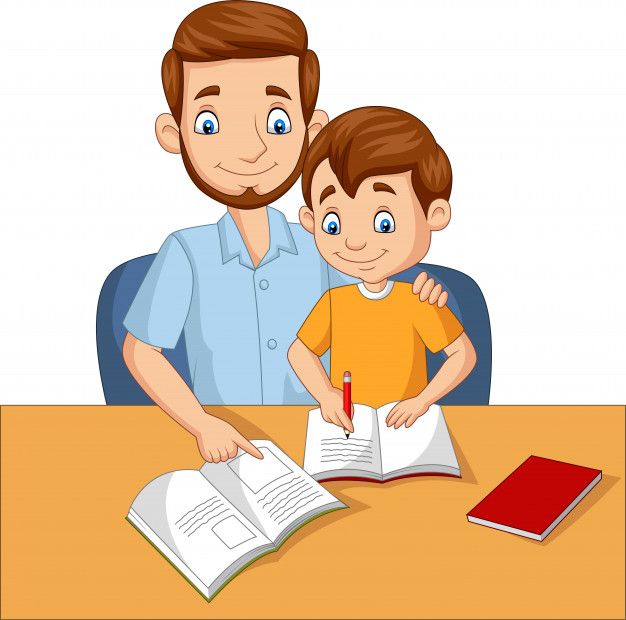 And this is the valuable sensory baggage that you can give your baby even before he is born. During pregnancy, try to surround yourself and your baby with only pleasant sounds, arrange relaxation sessions more often, listen to good music, talk to your baby and tell him stories. And the meaning of fairy tales is absolutely not important here, your intonation, rhythm and pace of a work of art are much more important. When the baby is born, those poems and fairy tales performed by you, which he heard before he was born, will have a calming effect on him, and parents will always find something to tell the baby to console him or entertain him.
And this is the valuable sensory baggage that you can give your baby even before he is born. During pregnancy, try to surround yourself and your baby with only pleasant sounds, arrange relaxation sessions more often, listen to good music, talk to your baby and tell him stories. And the meaning of fairy tales is absolutely not important here, your intonation, rhythm and pace of a work of art are much more important. When the baby is born, those poems and fairy tales performed by you, which he heard before he was born, will have a calming effect on him, and parents will always find something to tell the baby to console him or entertain him.
As the baby grows up, the parental repertoire will gradually expand - to the fairy tales or poems already familiar to the child, nursery rhymes, jokes, lullabies and songs will be added. The book as it is is not yet needed here, but the verses of Barto, Chukovsky and Marshak memorized by heart will come in handy, as well as funny rhymes about the clubfoot bear and others that our mothers and grandmothers told us.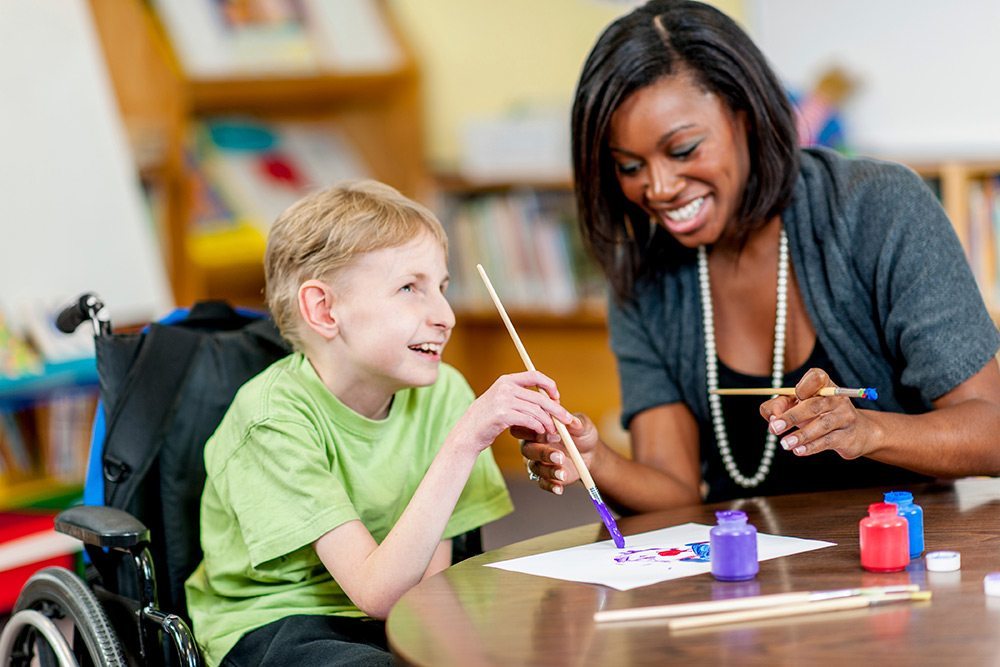
Your newborn baby grows and develops, and at the same time, his vision develops. Such an important organ in the knowledge of the world. When, by about three or four weeks, the baby learns to concentrate his eyes for a few seconds and thoroughly examines the faces of dad and mom - and these are the most important objects to look at at this age, you can offer him other objects that the baby will be happy to look at. These can be black and white pictures depicting lines, patterns or geometric shapes, as well as fairly large toys painted in one bright color. Such objects are able to hold the attention of newborn babies for a long time, and the ability to concentrate the gaze develops vision and enhances brain activity.
Already later, by three or four months, you will offer the child pictures that are more complex in color and shape - these can be drawings or photographs depicting people, animals, vehicles. Plus, you will show the child the world around - an apartment, a street.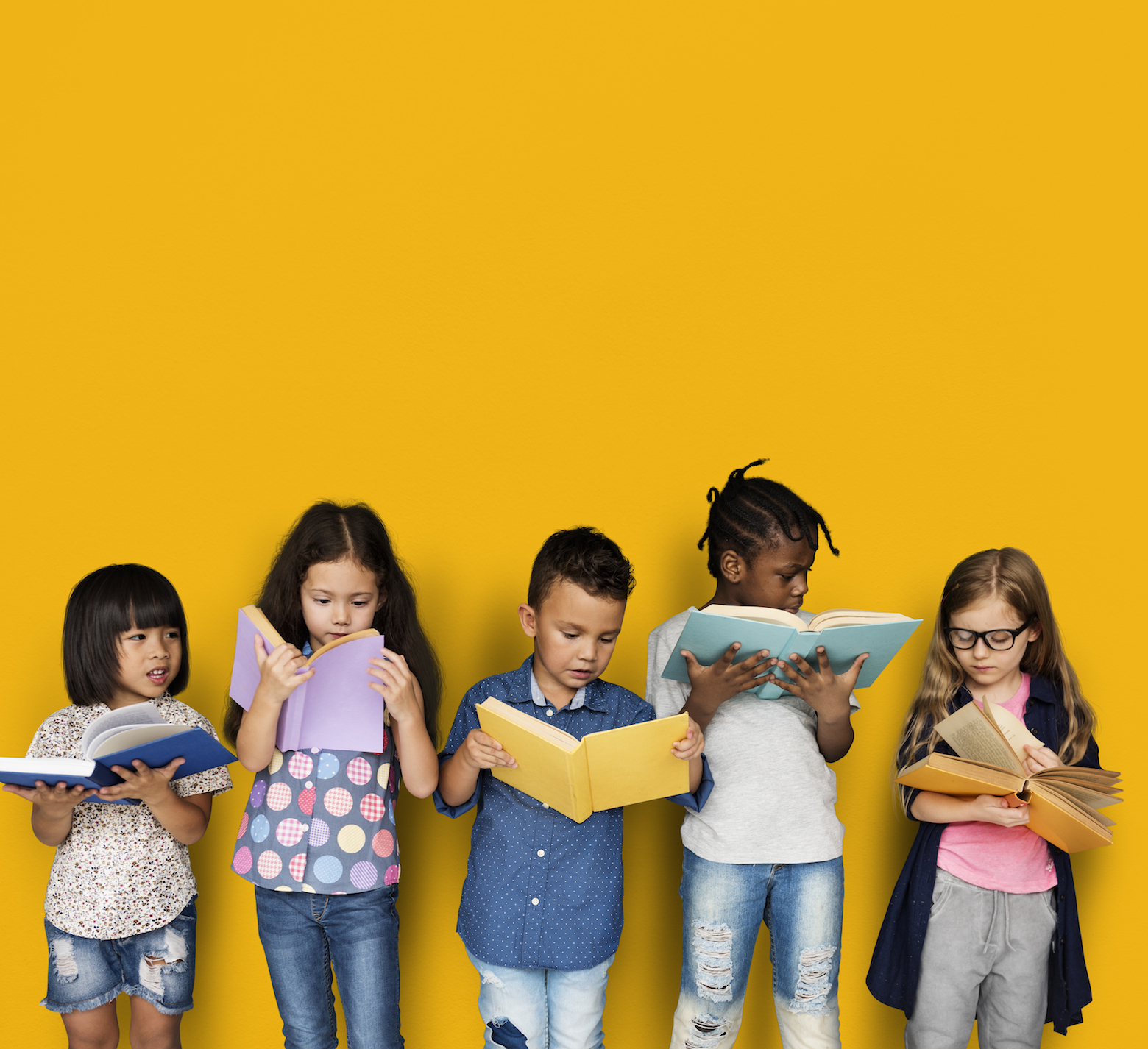 It is very important at the same time to pronounce the names of the objects that the baby sees.
It is very important at the same time to pronounce the names of the objects that the baby sees.
So, from the age of birth to six months, "reading" is a synthesis of two actions - looking at pictures and objects, as well as listening to works of art in the background.
6 months to 1 year
Perhaps your baby is already sitting, but even if not, then he probably already lies on his tummy for a long time or half-sitting in your arms. And for sure, he is showing more and more interest in everything that surrounds him.
It's time to get your first children's book. We are talking about cardboard baby books, which consist of a small number of dense, durable and safe pages. In fact, the pages are everything. Children like to manipulate the book by turning the pages - this, in addition to everything, is also a great exercise for developing fine motor skills. Most likely, the book will be tried on the tooth, but it will be reviewed one way or another. Do not buy a lot of baby books, two or three will be enough. Pretty soon you will see that the baby is ready to move on and then you can choose more meaningful books for reading together. The choice of the first book is a responsible matter.
Do not buy a lot of baby books, two or three will be enough. Pretty soon you will see that the baby is ready to move on and then you can choose more meaningful books for reading together. The choice of the first book is a responsible matter.
Here are some rules to help you:
- The book must have thick cardboard pages, the binding must be of high quality. It is important to be sure that when the child picks up the book, it will remain intact.
- Simplicity of illustrations. Ideally, when one image is placed on one page, if this is a plot, then it should be as simple as possible. It is still difficult for a child at this age to perceive a large number of details, he also does not understand the complex actions of the characters. The simpler the image, the more recognizable it will be to the child - accordingly, the interest in the book will be higher.
- Moderate colors. Ideally, if the book contains only four primary colors - red, yellow, green, blue (not counting black and white).
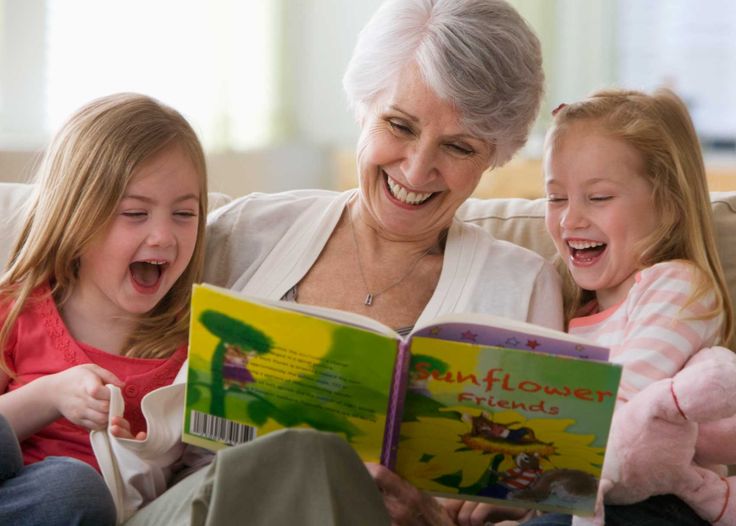 The diversity of the image, again, will not be useful, but will only tire the child.
The diversity of the image, again, will not be useful, but will only tire the child. - Realistic pictures. The crocodile should be green and the tomato should be red. This is one of the most important points. A child at this age absorbs information in a colossal volume, and the inconsistency in its content is now absolutely useless. The same applies to the appearance of animals. Often artists like to depict animals in clothes, but this is absolutely contrary to the real idea of a cat or dog, for example. In the future, in more adult books, when the child will already be oriented in the world of objects and will understand what is reality and what is a fairy tale, then the cat can be in a dress, and in a hat, and with beads (if this corresponds to the plot). At the initial stage of understanding the world, a cat should look like a cat - four paws, a mustache, ears and a tail.
So, the ideal book for babies from six months old is a small cardboard format, in which each page shows a picture, the words in such a book are optional. You will simply tell the child about what is shown in the picture - this will be the first fairy tale.
You will simply tell the child about what is shown in the picture - this will be the first fairy tale.
When you choose a book for your six-month-old baby, you need to find a moment when the child will be in a good mood, put him in your arms or lie down next to him and turn the pages of the book, sometimes saying what is depicted on them. Such “reading” will become the baby’s favorite pastime for a long time, he will especially like it when the baby learns to turn the pages on his own.
From one to two years
Among children and parents who love books, there is even a list of books that are ideal for kids of this age. We can say that these are win-win options:
- V. Bianchi "The Fox and the Mouse" - an excellent edition illustrated by Yu. Vasnetsov;
- E. Karl "The Very Hungry Caterpillar" - world bestseller;
- E. Karl "From Head to Feet" - also a favorite book of kids all over the world;
- Russian folk tales and nursery rhymes illustrated by Yu.
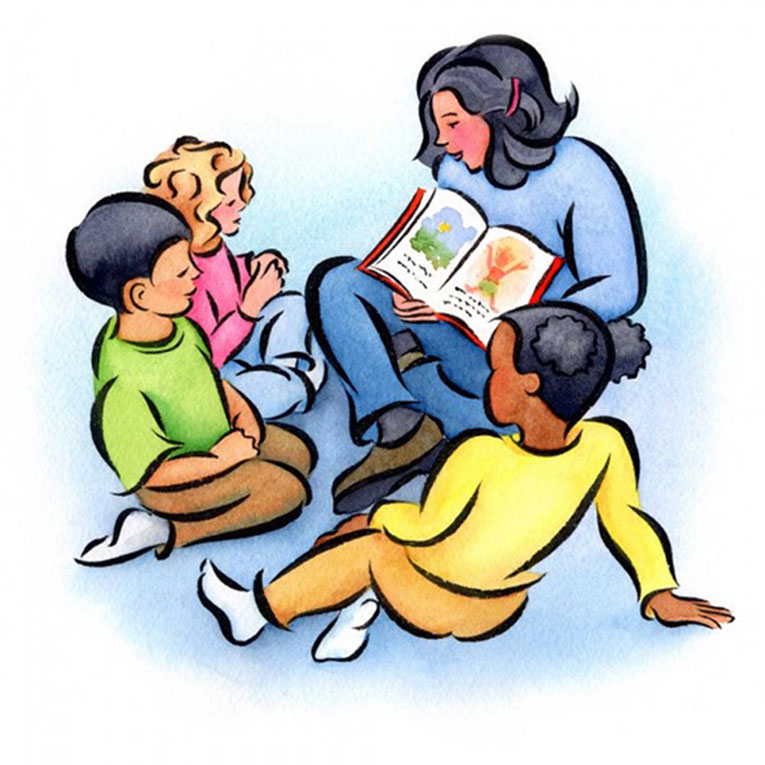 Vasnetsov;
Vasnetsov; - Children's books by Japanese writer Yusuke Yonezu.
Usually these books instantly become favorites among kids and are read to holes. They are valuable, first of all, for their illustrations, their small texts are simple and uncomplicated. These books are just perfect for learning to relate pictures to text - an important skill that will come in handy for a child in the future.
The kid grows up and his interest in reading continues to grow - at some point you will realize that the reading list should be expanded and collections of poems by K. Chukovsky, S. Marshak, A. Barto, B. Zakhoder, as well as fairy tales V Suteeva.
Encourage any child's interest in books. It happens that in the entire collection of poems the baby is attracted only by one quatrain or one picture, read and examine them again and again. Only your sincere interest, your interest and patience (sometimes you have to read the same verse thirty times a day) can support the love of reading in a baby.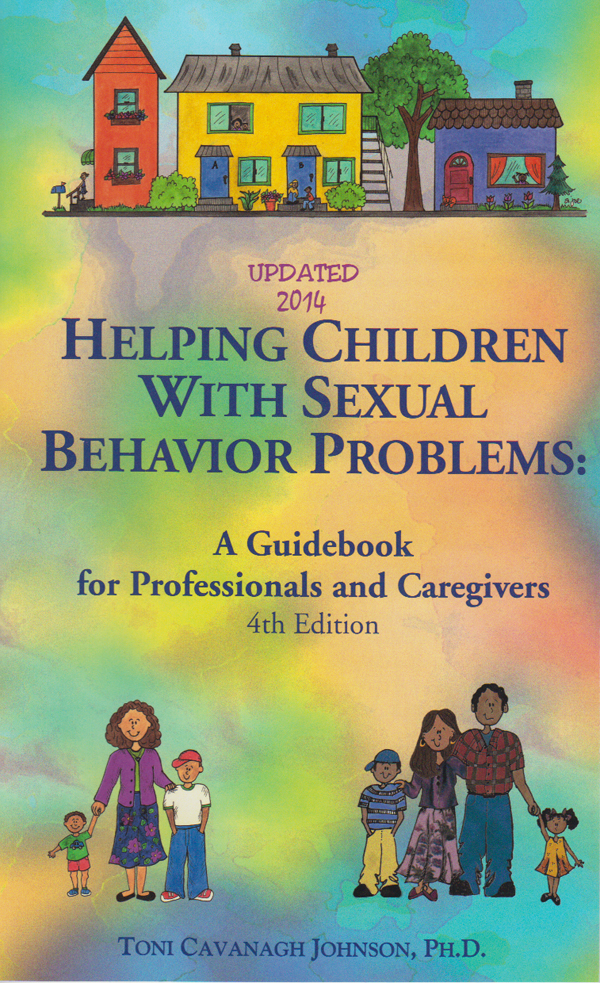
Also an important point of this period is looking at plot pictures, and it will remain so for a long time, becoming more complicated and changing depending on the age and interests of the child. For one or two one-year-old children, the pictures for looking at should be quite simple and clear, selected by subject - transport, animals, vegetables, fruits. Books like encyclopedias for the smallest respond well to this request.
The child will periodically leaf through these books, linger on the objects he likes, poke his finger or otherwise attract your attention, wanting to know the name of the object. When the baby starts talking, you will ask him what he sees in the pictures, and this will become one of the most beloved joint games.
Looking at pictures, we not only name objects, we also describe their properties, actions, and come up with plots. Thus, we develop the child's imagination, form his vocabulary, enrich his speech, help him learn to look at the same objects differently.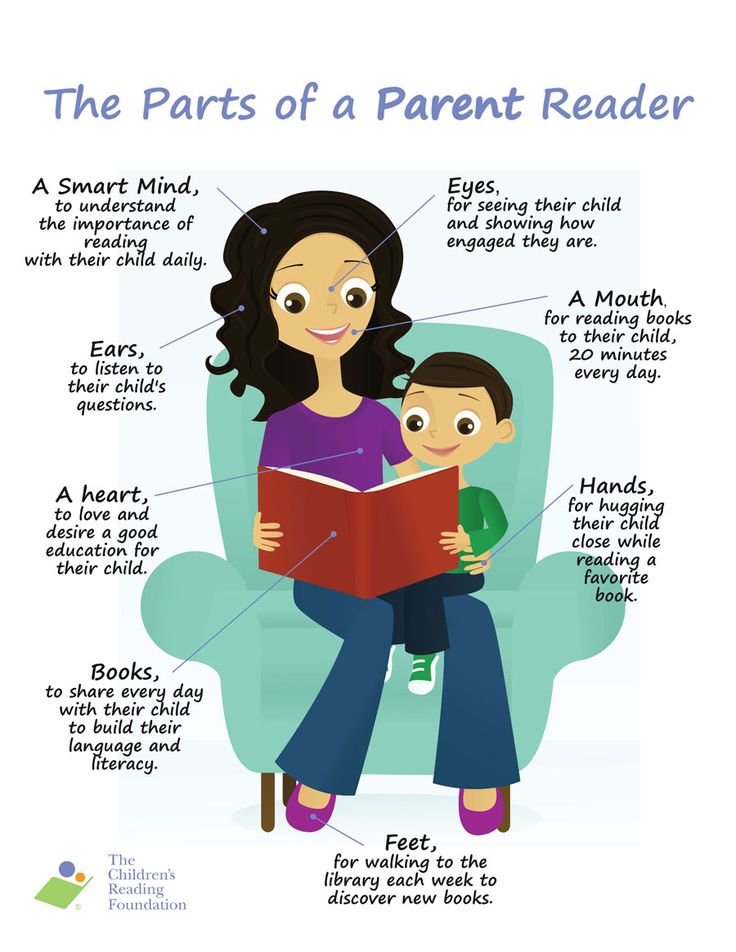
Now quite popular and loved by many children are books for viewing by Suzanne Berner, Doro Goebel and other authors - these books are a real treasure for showing parental improvisation in describing the plots of illustrations.
Books with windows, with moving and tactile elements are a good help in attracting a child to look at pictures. Such publications are able to keep the attention of the child for a long time, increase his interest in the content of the book.
Reading for children aged one to two is the world of illustration. Everything that is written about should be drawn - this is very important for the baby, because he himself cannot yet imagine a bull that walks on a swinging board, but he is happy to discover objects that he has just heard about on the pages of the book.
Two to three
If you started “reading” to a child literally from birth, then most likely at this age you will already be well versed in children's literature, and the reading list for children of two or three years is so wide and varied that it is difficult to cover it in one article.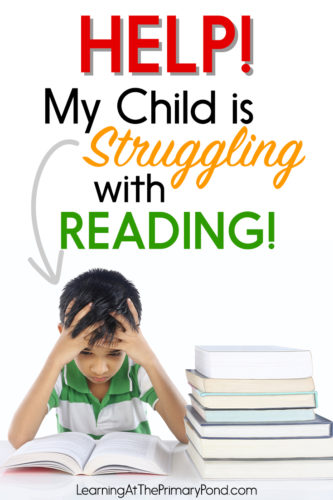 But if you are just starting to read with your baby and it seems to you that he does not show much interest in books, then you can resort to little tricks.
But if you are just starting to read with your baby and it seems to you that he does not show much interest in books, then you can resort to little tricks.
- Choose books for your child based on their interests. For example, if your kid is interested in animals, then perhaps he will be interested in the poems of S. Marshak or B. Zakhoder;
- Always carry a book in your bag. If you have to take the child on a trip, queues, etc., then you can offer him to read;
- Act out home plays based on famous fairy tales. It is very easy even at home to show the performances "Teremok", "Kolobok" or "Turnip", so you will introduce the child to works of art. After that, invite the baby to read together about the heroes he loves;
- Leave books in the public domain;
- Read aloud! Even if the child is playing or doing something, and you sit next to him and start reading a book, sooner or later the baby will show interest and join you.

Learn more

